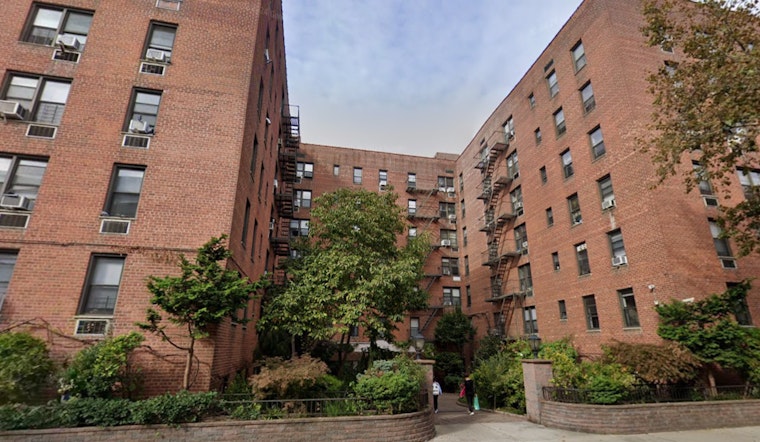Both locals and property owners in the Queens borough of New York are still under stress due to the conflict between the preservation of inexpensive housing and the effects of gentrification. The owners of 144-25 Roosevelt Ave. in Flushing are faced with the harsh fact that the little rent increases allowed for rent-stabilized apartments are insufficient to keep up with rising expenses. The building’s landlords had to provide more than $1 million of their own money since banks are getting tighter and providing less capital for refinances, according to Crain’s New York.
According to a KBRA credit-rating agency report that Crain’s New York was able to get, overheads increased insurance and utilities by almost 50% and 75%, respectively, causing net cash flow for the building to plummet even while net rental revenue increased somewhat. Even though JRC Management, the property owner, has a larger portfolio of rent-stabilized units and has seen an 8% return on investment, their situation may be more of an anomaly than the norm. Seth Glasser, senior managing director at Marcus & Millichap, told Crain’s that “there is no path to profitability that anyone can see right now,” underscoring the industry’s larger battle.
Residents’ struggle with the negative effects of gentrification is also highlighted by a PIX11 News investigation. Local residents risk being priced out of their neighborhoods and facing evictions due to the surge of upscale building. “We’ve seen displacement happening, and it’s going to get worse,” Flushing Workers Center spokesperson Zishun Ning said in a statement that PIX11 was shown. Some locals have been fortunate, such as Rebecca Schenof of Long Island City, who says her present home would be out of her price range if it weren’t for the housing lottery. “Two-bedroom apartments are twice what we pay now, so to me, that is not affordable,” she said PIX11.
PIX11 claims that remedies are being developed, though. Donovan Richards, the president of Queens Borough, emphasizes the importance of community involvement. Market-rate and cheap units should be mixed together, according to experts, but finding the ideal balance is still difficult. Proposals from the mayor’s office seek to expand the use of city land for 100% affordable housing and implement zoning amendments as the city struggles with a housing scarcity that has caused rent vacancy rates to drop.
However, there are many who oppose the drive for cheap housing, pointing out that developments must be truly affordable and reflect neighborhood incomes. Stimulating home creation is only one of the city’s challenges; another is making sure that investments include affordability levels that correspond with the financial reality of current residents. While 2024 is predicted to be a year of record-breaking new housing construction, as detailed in PIX11’s coverage, the city’s Department of Housing Preservation and Development is collaborating with Partners in Preservation and has committed $4 million annually for improved tenant support amid New York’s housing crisis.
Note: Thank you for visiting our website! We strive to keep you informed with the latest updates based on expected timelines, although please note that we are not affiliated with any official bodies. Our team is committed to ensuring accuracy and transparency in our reporting, verifying all information before publication. We aim to bring you reliable news, and if you have any questions or concerns about our content, feel free to reach out to us via email. We appreciate your trust and support!



Leave a Reply